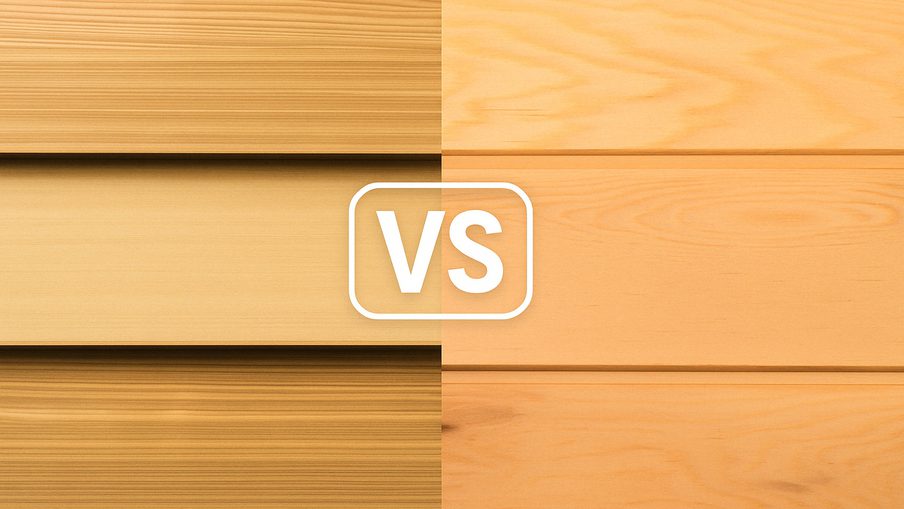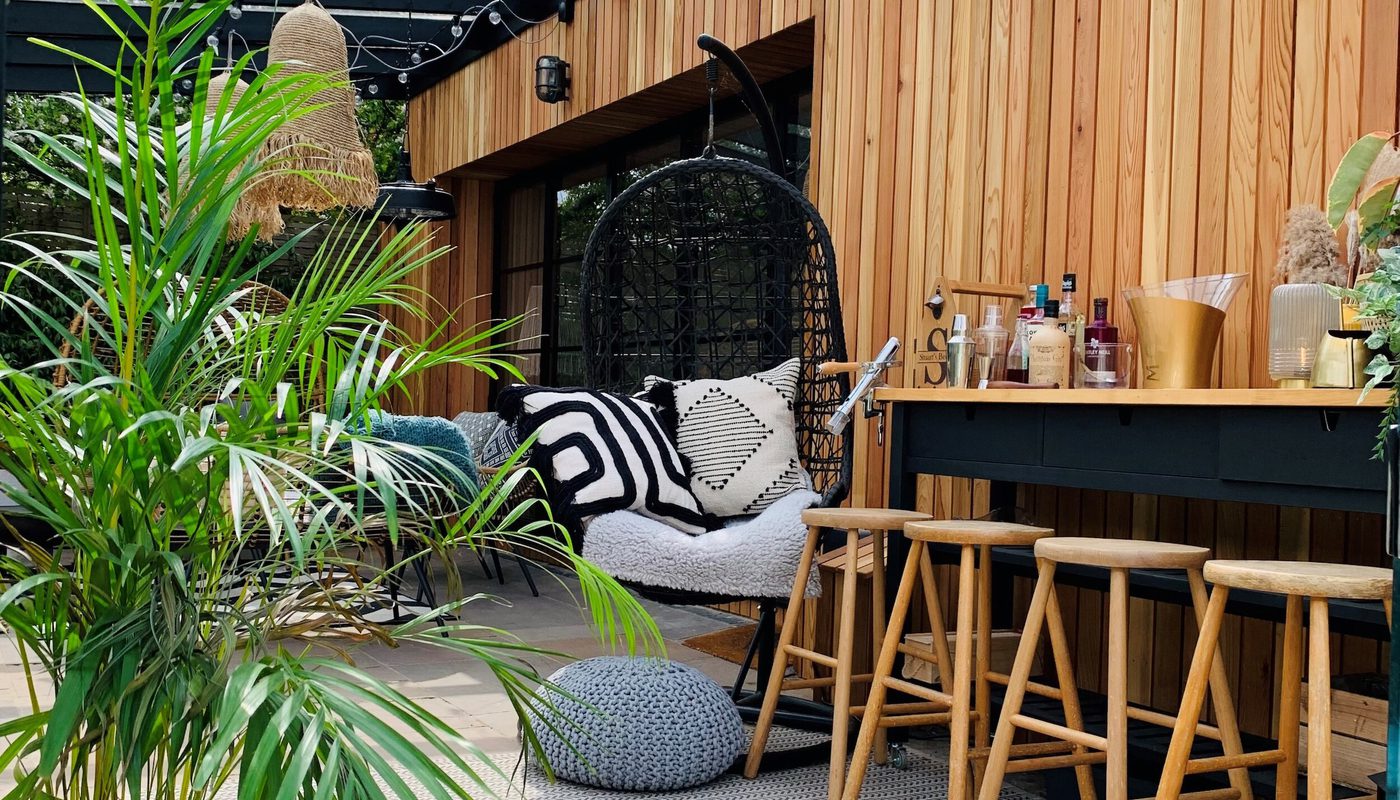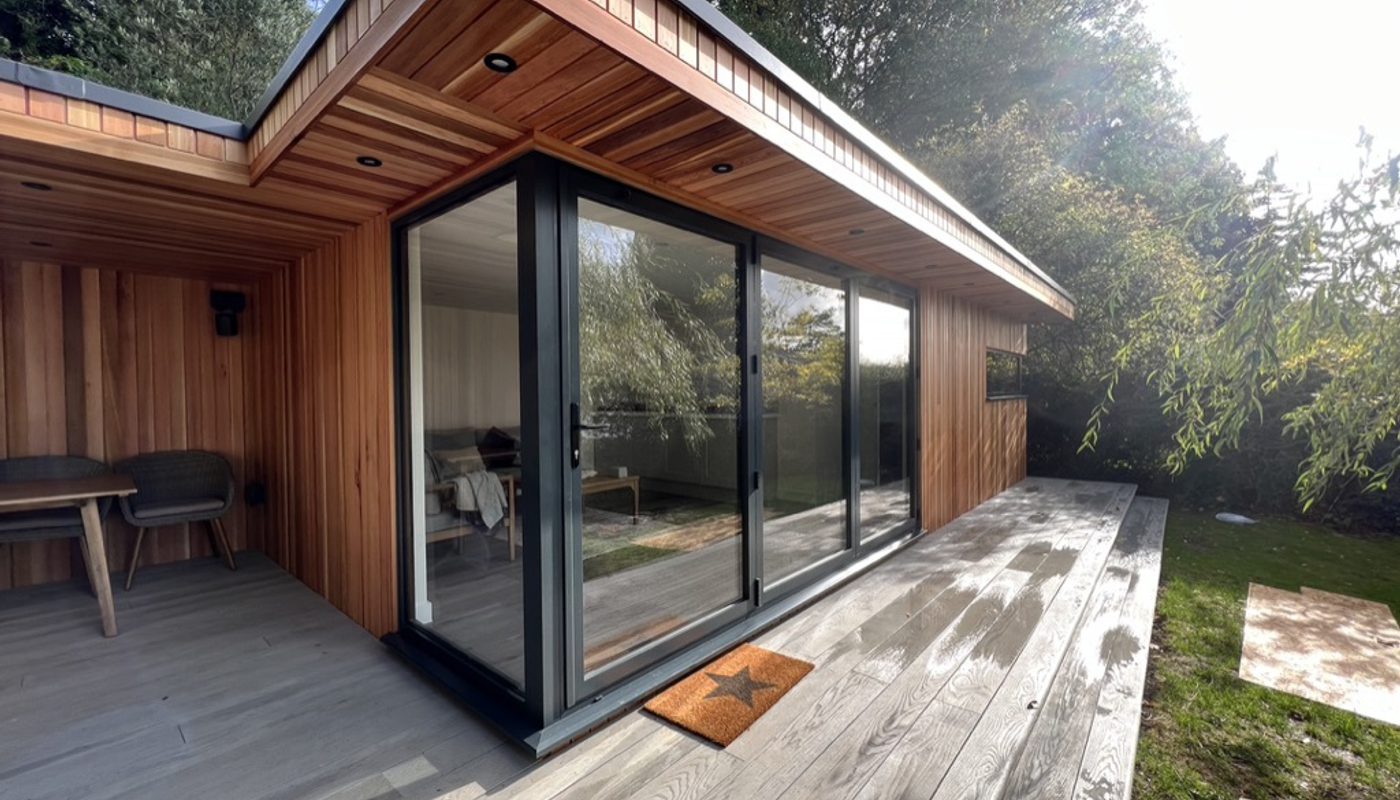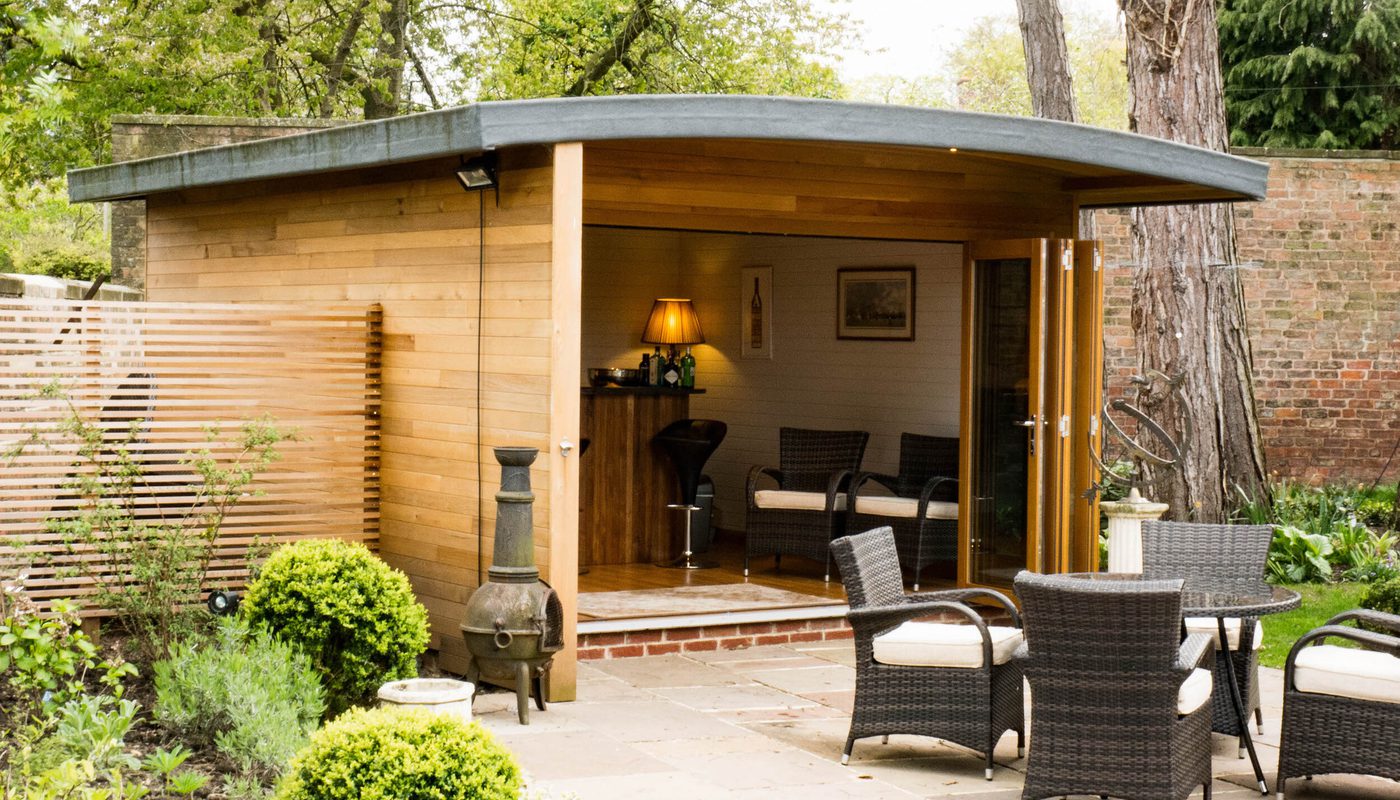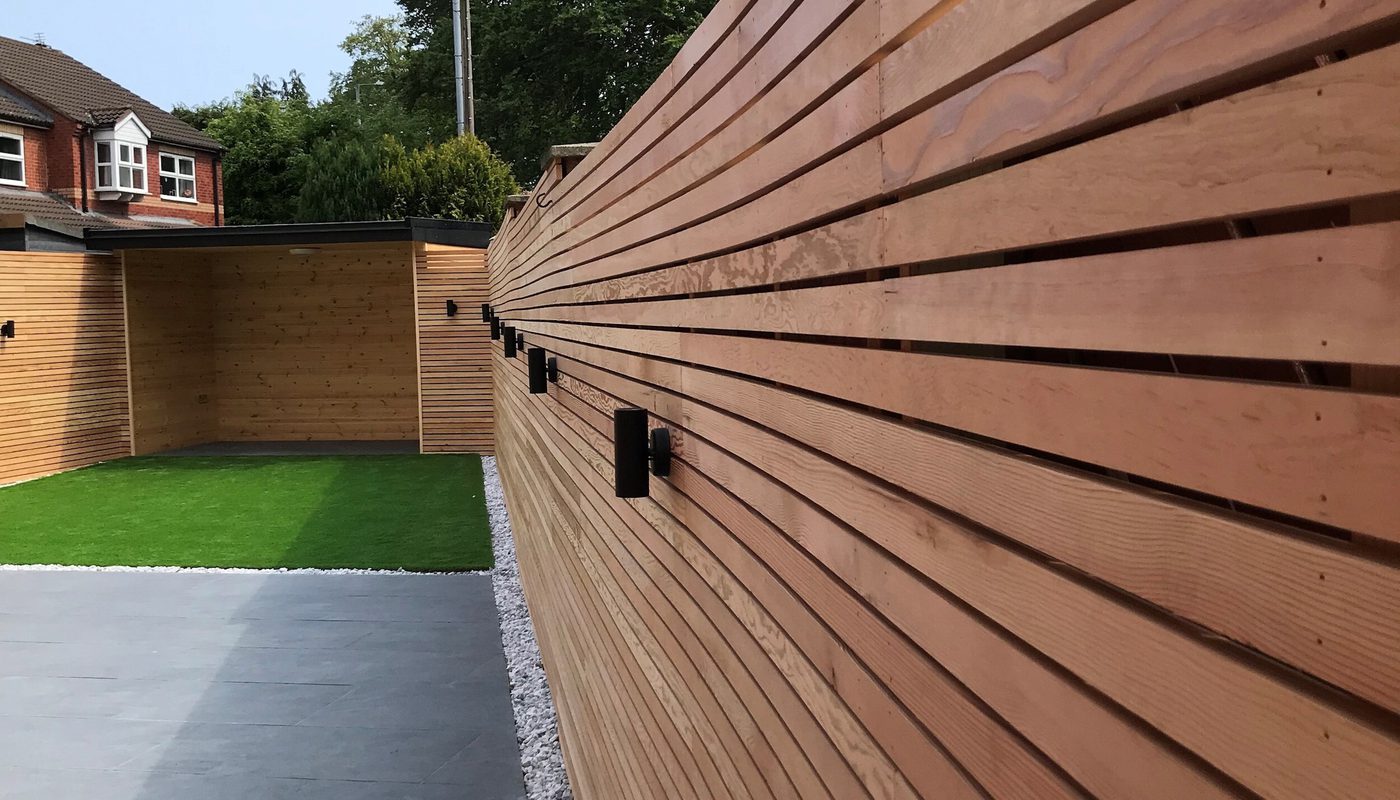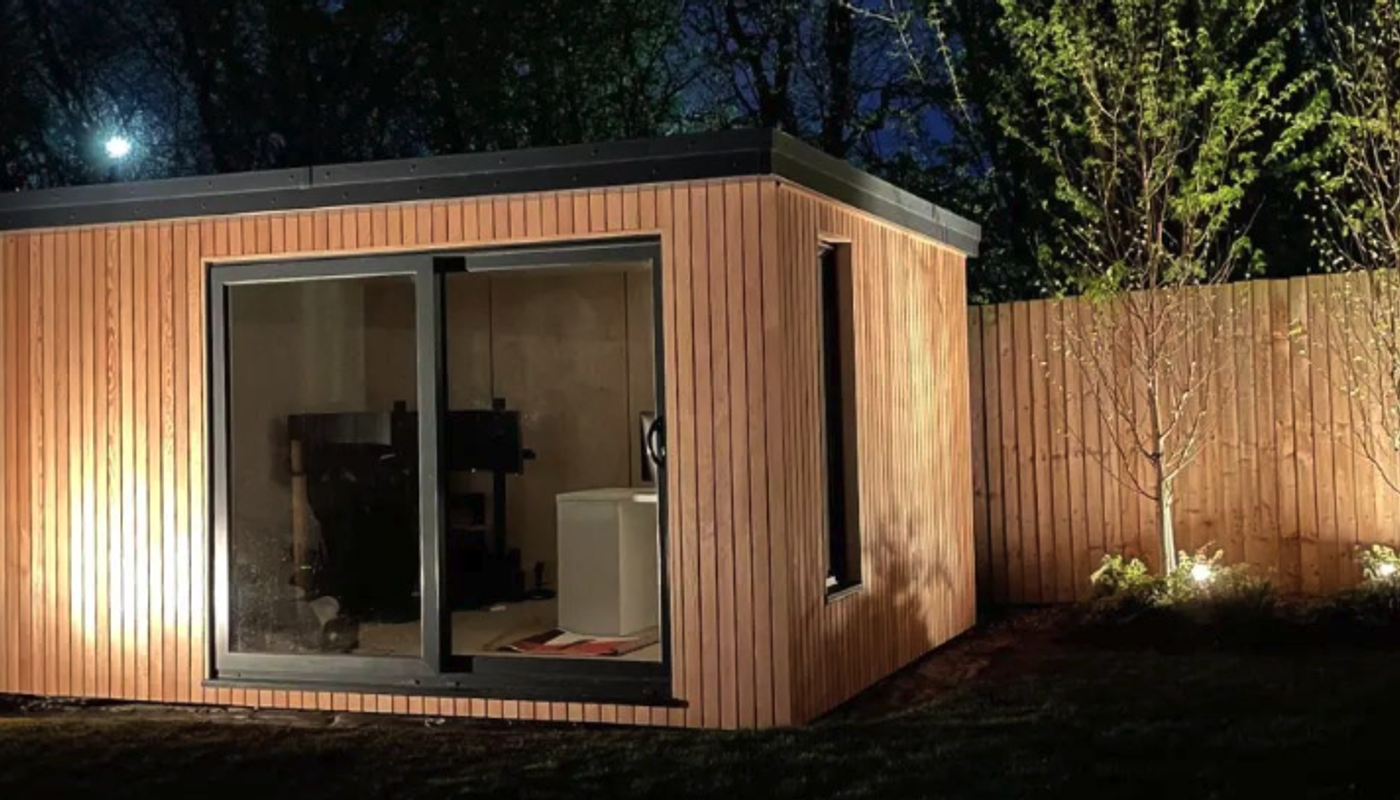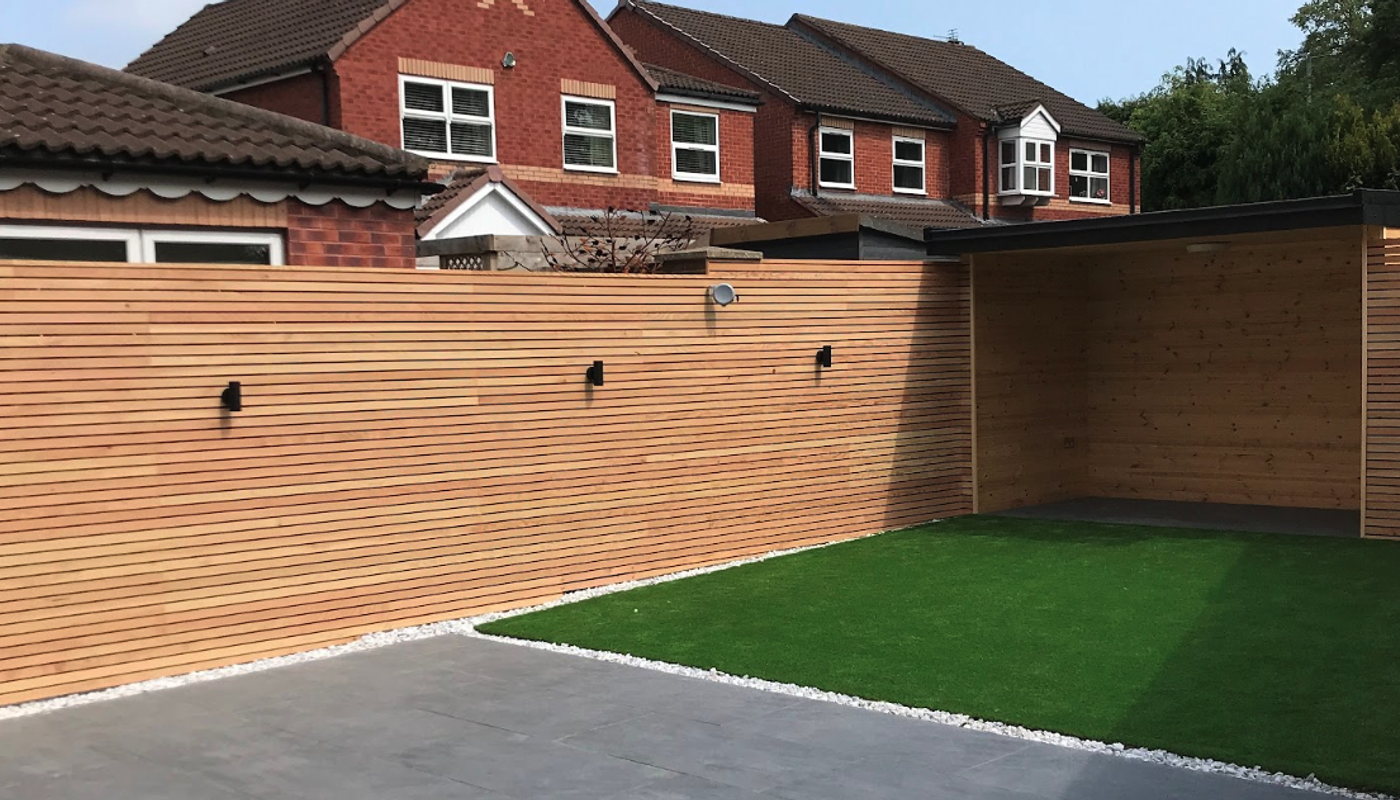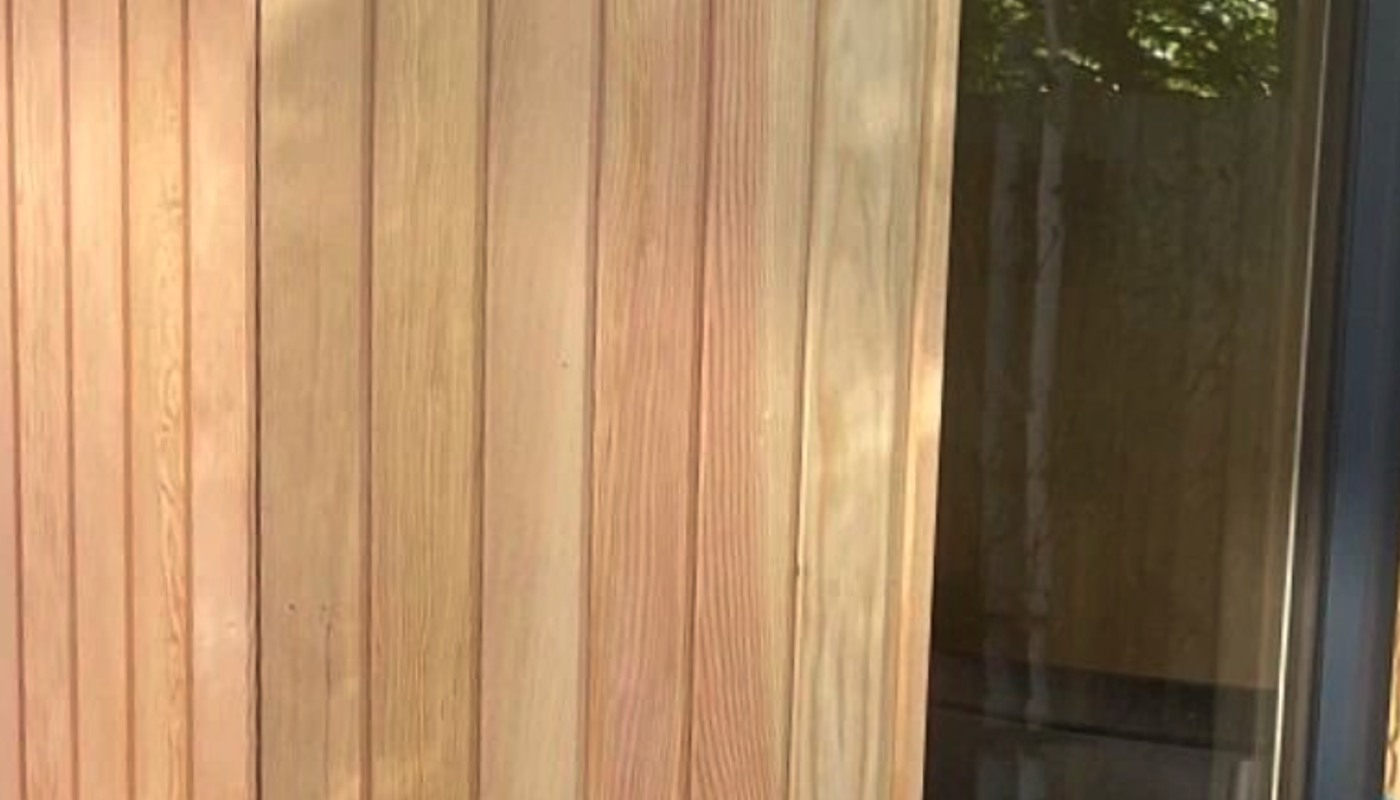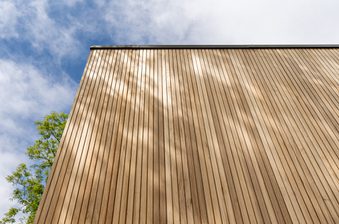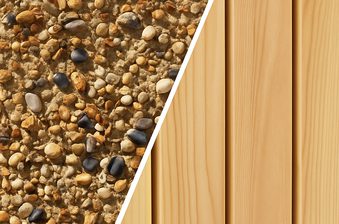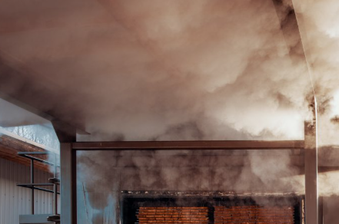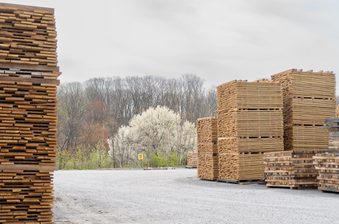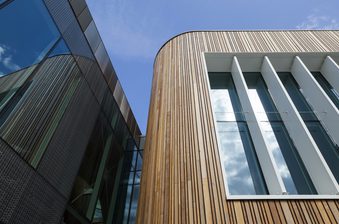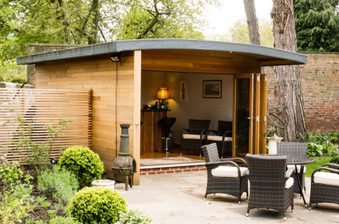Western red cedar and Douglas fir are versatile softwoods with native homes in the Pacific Northwest.
Cedar is typically slightly superior in terms of outdoor durability. It is rated Class 2 (durable) on the BS EN 350 scale, compared to Class 3 (moderately durable) for Douglas fir. With a treatment, however, both perform exceptionally for exterior cladding and fencing projects.
Your choice may come down to which you prefer the look of – western red cedar is a reddish-brown with a pinkish hue, while Douglas fir is more of a pale yellow-to-light brown with some reddish streaks.
If you’re running a budget, you may be interested to learn that Douglas fir typically comes in approximately 10-25% cheaper compared to western red cedar.
Appearance
Western red cedar is a reddish-brown, with occasional salmon pinks and darker chocolate hues. This striking colour variation offers warmth and natural beauty — an incredibly versatile contemporary design choice.
Douglas fir typically shows a light brown-soft yellow colour, sometimes with hints of red or orange. It has a mixed, wild grain pattern that adds a sense of character and natural charm. It is mostly knot free.

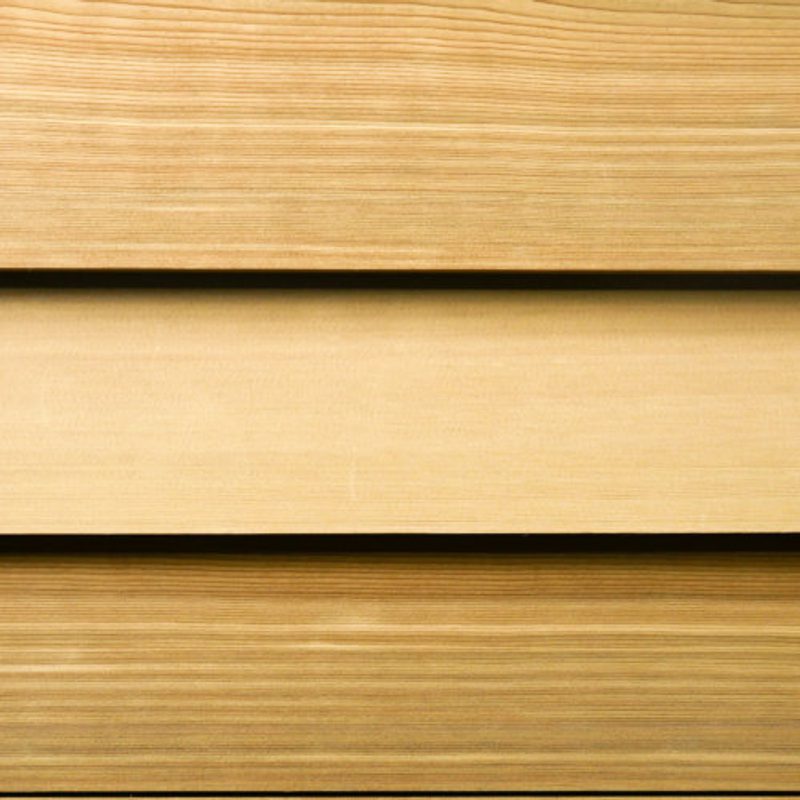
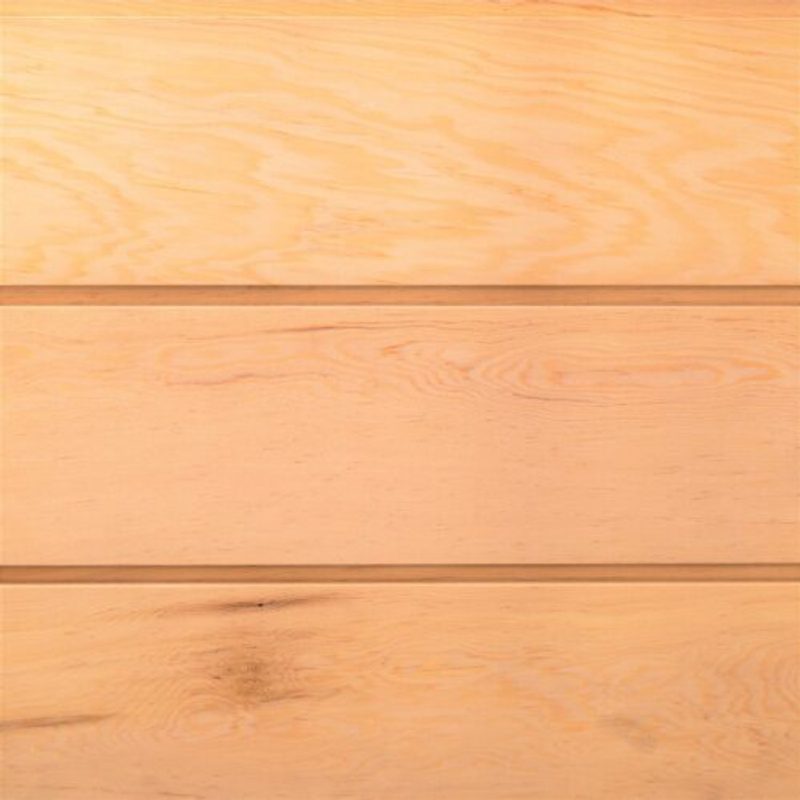
It’s important to note that both species will slowly attain a silvery-grey appearance after around a year of being exposed outdoors. This process is the result of the sun’s UV degrading the wood’s lignin before it’s washed away by moisture.
This ‘bleaching’ process can be offset, and the wood’s natural colour preserved, by applying a water repellent finish (like Owatrol H4 Wood) or a semi-transparent stain (we’d recommend something like Owatrol Textrol HES).
If your wood has already gone grey, a product like Owatol Net-Trol can even help to restore it to its original colour.
Outdoor durability
Western red cedar has a unique biochemistry that makes it one of nature’s most durable species – it contains fungicidal and insecticidal compounds called thujaplicins. Based on EN 350 classification, cedar is rated as Class 2 (durable).
Douglas fir also has some resin acids and a lignin structure that protects it from fungi, but it is Class 3 (moderate durability). This means it is slightly less durable (but still performs well).
BS EN 350 is a European standard that assesses the natural durability of wood – that is, the resistance of its heartwood (the inner part of the tree) to fungal decay and insect attack.
Both have similar levels of dimensional stability. Wood is a breathable material that reacts to its surroundings, contracting and expanding when it gets humid – both cedar and fir react similarly well.
Western red cedar cladding and fencing projects
Douglas fir cladding and fencing projects
Despite these top-drawer levels of natural outdoor durability, both species can benefit from the application of a treatment. This can offset any moisture-related damage like cracking, warping or splitting. Check out our dedicated guides!
Cost
Cost is another area where these two timbers differ: western red cedar typically commands a slight premium compared to Douglas fir. At the time of writing, timber products in cedar are approximately 10-25% more expensive than their fir equivalents.
Let’s say you were wanting to clad a garden room with the following dimensions: 3.8 length x 2.4m width, 2.2m height. To cover all walls in a V-groove cladding profile and allow for an 8’ bifold door, you’ll need in the region of 22m² of cladding. Allowing for approximately 10% for waste on top, the total required would be 24m². For the wood alone, this would cost:
- Western red cedar – ~£1,250 + VAT (£52 per m²)
- Douglas fir – ~£1,080 + VAT (£45 per m²)
For a slatted fencing project, western red cedar currently fetches around £2.25 + VAT per linear metre with 18mm x 45mm slats. This compares to £1.75 + VAT for the equivalent in douglas fir – it’s around a third cheaper.
These cost differences are purely the result of market forces. Demand for cedar outstrips that of fir.
If you’re running a tighter budget, then Douglas fir might be the one for you. After all, it can always be stained to look similar to cedar. We’d recommend a product like Owatrol Textrol HES.
Prices listed here are correct as of May 2025 and are subject to change.
Strength and workability
Douglas fir slightly edges out western red cedar when it comes to hardness. Fir scores 660 lbf (2,900 N) on the Janka hardness test, compared to 350 lbf (1,600 N) for cedar. This test measures how much force is required to implant a small steel ball into a sample of the wood.
That said, people don’t usually opt for either species as a result of their density or scratch resistance. Both are somewhat prone to damage from excessive knocks, bumps and abrasion. For this reason, it’s less common to see the species applied for decking.
Both species are very pleasant to work with, boasting solid machining, ease of fixing, glueing and finishing properties.
Western red cedar vs. Douglas fir: sustainability
Since they can be replanted, trees are a 100% renewable, carbon-sequestering natural resource. But, if the woodland is managed irresponsibly and does not replenish, then it’s not a sustainable building material.
Thankfully, western red cedar and Douglas fir are rated as ‘Least Concern’ on the IUCN Red List of Threatened Species. Both species are softwoods with relatively quick growth times, making them easier to manage sustainably.

When you buy your timber, be sure it’s from a merchant with a clear environmental commitment and rigorous purchasing policy.
Made your choice?
Whichever you’ve opted for, you’ve made a fabulous choice! We stock a range of western red cedar cladding, western red cedar slatted fencing, Douglas fir cladding and Douglas fir slatted fencing.
All of our timber is sustainably sourced and imported from the Pacific Northwest before being machined to profile right here in North Yorkshire.
Start your project today by clicking the ‘Get in touch with our team’ button below or by messaging us through our contact page.
